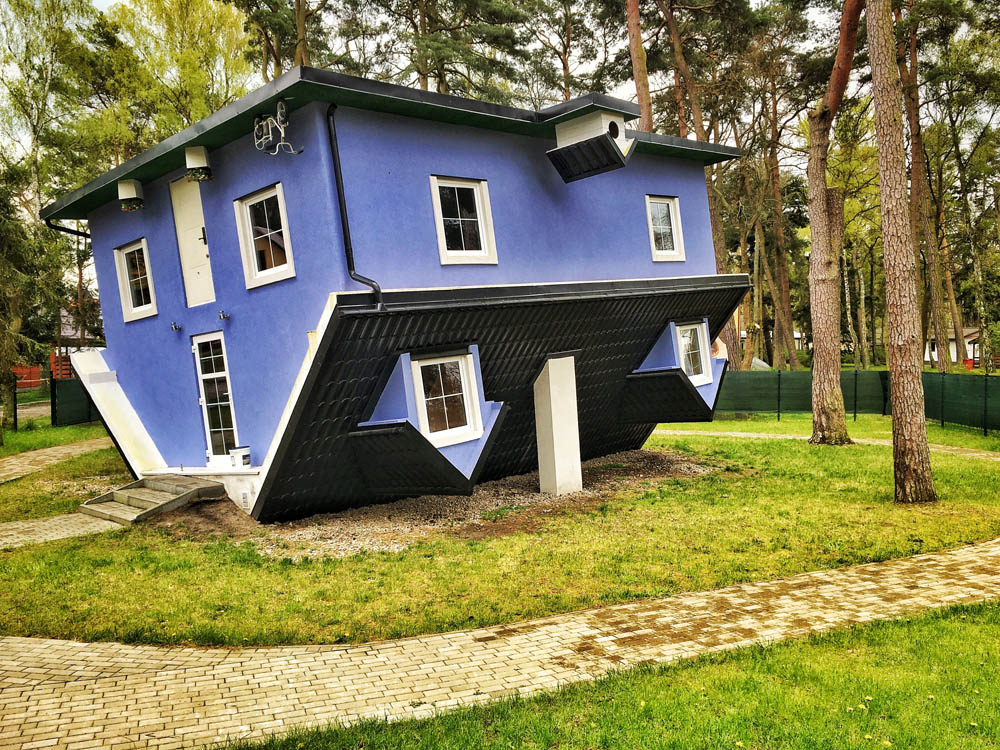
House Flipping Makes a Comeback
My wife is a huge fan of HGTV. She loves the various shows where different buyers go to different cities and shop for houses. They work with real estate agents who show them 3 different houses that straddle the buyers’ budget and, within 30-60 minutes, the buyers decide on one house. My wife also loves the renovation and flip shows like Property Brothers. We all know about these shows. A buyer purchases a beat up house that no one wants, spends an unlimited amount of money to fix it up, and sells if for a tremendous profit. My wife asks me all the time “why can’t we do that? You’re in real estate. You should be able to do that!”
I think back to 2006-2008, before the crash, when “everybody was an investor” and flipping houses. Many people used a simple model, buy, put minimal, if any money in to fix it up and sell as fast as possible. When possible, simply assign the purchase contract. Most importantly, use OPM – “Other People’s Money. Sometimes the OPM was the ultimate end user’s money, sometimes it was hard equity loans. Very rarely was the flipper able to borrow from a big bank. The flippers weren’t in it for the long haul, their income was not verifiable and their buyers, well, let’s just say, they contributed, in many cases, to the mortgage fraud that permeated the times.
When the crash happened in 2008-2009, the source of many flippers’ money dried up, and, with the crack down on mortgage fraud and the foreclosure crisis, end buyers became scarce. The market slowed dramatically. But the smart investor continued to work. Today, the business has recovered and continues to grow. The Wall Street Journal reports that a number of big banks are getting into the game by extending lines of credit to companies specializing in lending to house flippers. These loans aren’t directly to the flippers, but to smaller companies who in turn, make loans to the real estate investor as the loan are not conforming. This is bringing flippers into the debt financed market at lower rates than if financed through hard money lenders. Profits, on average are rising after renovation and the subsequent sale. Lower interest rates and rising home prices contribute to increased profits.
It appears that banks and flippers have learned valuable lessons from the dark days of a few years ago. The lenders are requiring more equity down and the flippers spend more time with their project to make sure they maximize the return on investment.
But this brings me back to my wife’s question – why aren’t we doing this? The TV shows make this seem so easy. While they are usually clear on the costs expended and the budgets, they are not clear on the source of funds. When a TV show follows a team working on a house purchased for say $500,000 that needs $150,000 or more in renovations so that it can be sold for $850,000, they don’t tell the viewers the source of financing or the carrying costs nor do they tell you the amount of the owner’s equity. When I put it that way to my wife who is relatively conservative and risk averse, she lets me change the channel to ESPN.


No Comments
Sorry, the comment form is closed at this time.